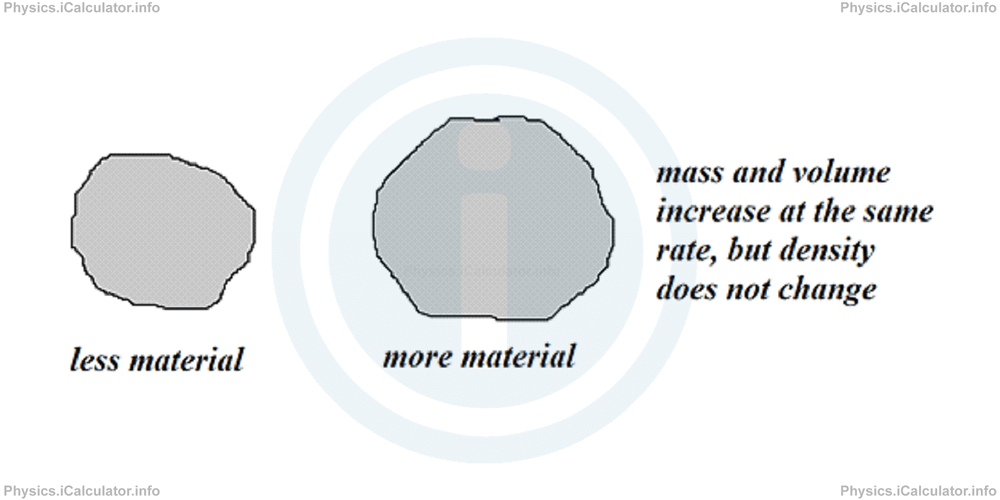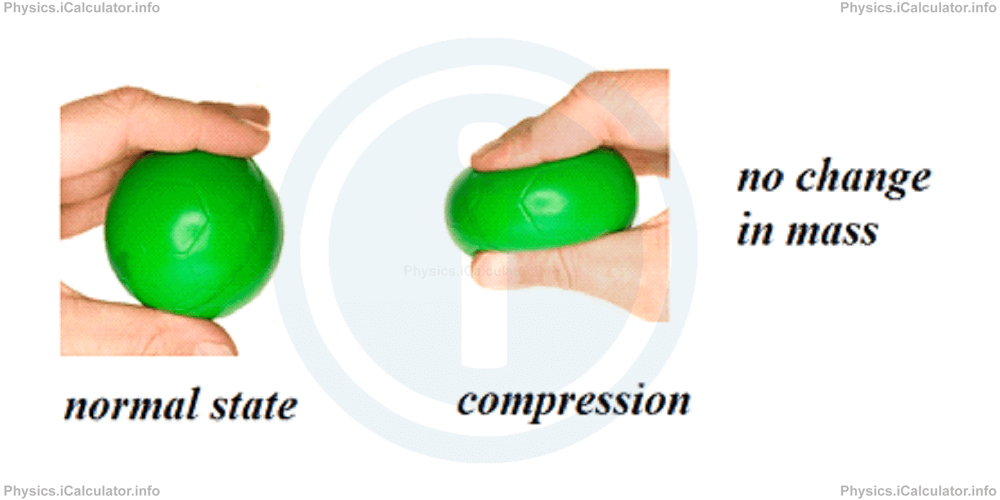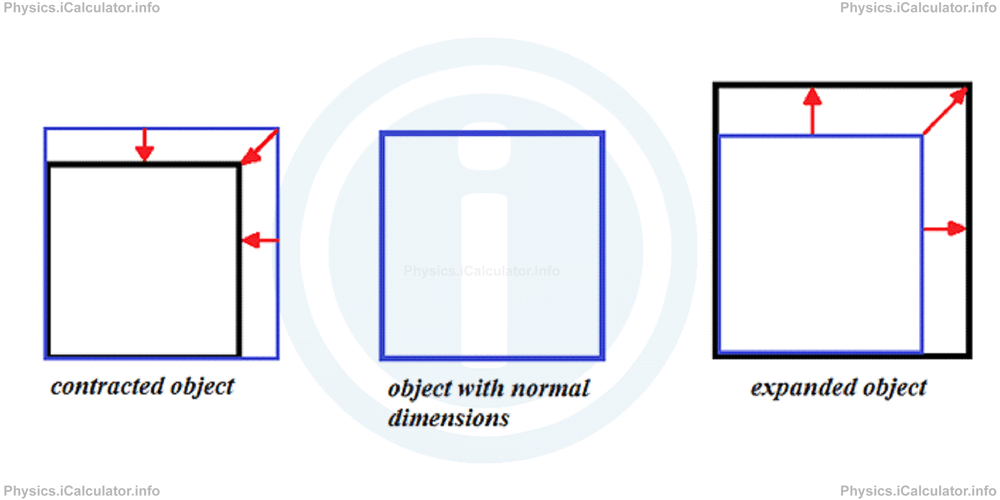Menu
Physics Lesson 13.2.1 - What is Thermal Expansion and Thermal Contraction?
Please provide a rating, it takes seconds and helps us to keep this resource free for all to use
Welcome to our Physics lesson on What is Thermal Expansion and Thermal Contraction?, this is the first lesson of our suite of physics lessons covering the topic of Thermal Expansion, you can find links to the other lessons within this tutorial and access additional physics learning resources below this lesson.
What is Thermal Expansion and Thermal Contraction?
Volume of objects can change in three ways:
- By adding or removing material from it. This is a mechanical process, during which we change the mass of the object as well. However, the density of material does not change.

- By stretching or compressing an object manually, without adding to or removing material from it, i.e. the mass of object does not change. This is a mechanical process too, and any change in one dimension is accompanied by another (reverse) change in the other dimension. For example if you pull a chewing gum, it becomes longer but also thinner at the same time. The same phenomenon can be also observed when we pull an elastic thread. Anyway, the density of material still does not change considerably.

- By supplying or removing some heat energy to the object. In this process, mass does not change. However, there is a change in volume because when the object becomes hotter its molecules vibrate more than before and thus, the volume increases as the particles in the outer layers of the object move farther from each other.

In this tutorial, we are concerned about the third method of objects' change in dimensions, i.e. in thermal expansion (contraction) as this process occurs without any mechanical work done on the object. We need only a heat source to make an object expand, or we can just move it away from the heat source to make it contract. It is obvious that the temperature of objects increase when they expand and decreases when they contract. By definition,
Thermal expansion is the general increase in the volume of a material as its temperature is increased. Also, thermal contraction, is the general decrease in the volume of a material as its temperature is decreased.
Thermal expansion (contraction) has no unit; it is represented through a fractional change in length, area or volume of material in respect to the original dimensions. Let's see this quantity more closely in the next paragraph.
You have reached the end of Physics lesson 13.2.1 What is Thermal Expansion and Thermal Contraction?. There are 7 lessons in this physics tutorial covering Thermal Expansion, you can access all the lessons from this tutorial below.
More Thermal Expansion Lessons and Learning Resources
Whats next?
Enjoy the "What is Thermal Expansion and Thermal Contraction?" physics lesson? People who liked the "Thermal Expansion lesson found the following resources useful:
- Definition Feedback. Helps other - Leave a rating for this definition (see below)
- Thermodynamics Physics tutorial: Thermal Expansion. Read the Thermal Expansion physics tutorial and build your physics knowledge of Thermodynamics
- Thermodynamics Revision Notes: Thermal Expansion. Print the notes so you can revise the key points covered in the physics tutorial for Thermal Expansion
- Thermodynamics Practice Questions: Thermal Expansion. Test and improve your knowledge of Thermal Expansion with example questins and answers
- Check your calculations for Thermodynamics questions with our excellent Thermodynamics calculators which contain full equations and calculations clearly displayed line by line. See the Thermodynamics Calculators by iCalculator™ below.
- Continuing learning thermodynamics - read our next physics tutorial: Absorption of Heat
Help others Learning Physics just like you
Please provide a rating, it takes seconds and helps us to keep this resource free for all to use
We hope you found this Physics lesson "Thermal Expansion" useful. If you did it would be great if you could spare the time to rate this physics lesson (simply click on the number of stars that match your assessment of this physics learning aide) and/or share on social media, this helps us identify popular tutorials and calculators and expand our free learning resources to support our users around the world have free access to expand their knowledge of physics and other disciplines.
Thermodynamics Calculators by iCalculator™
- Carnot Engine Efficiency Calculator
- Entropy Calculator
- Gas Laws Calculator
- Molecular Mean Free Path Calculator
- Translational Kinetic Energy Of Gas Calculator
- Root Mean Square Speed Calculator
- Ideal Gas Law Calculator
- Change In The Gas Internal Energy Calculator
- Radiative Heat Transfer Calculator
- Evaporative Heat Transfer Calculator
- Convective Heat Transfer Calculator
- Conductive Heat Transfer Calculator
- Final Temperature Of Mixture Calculator
- Heat Absorbed Or Released Calculator
- Thermal Expansion Calculator
- Temperature Calculator